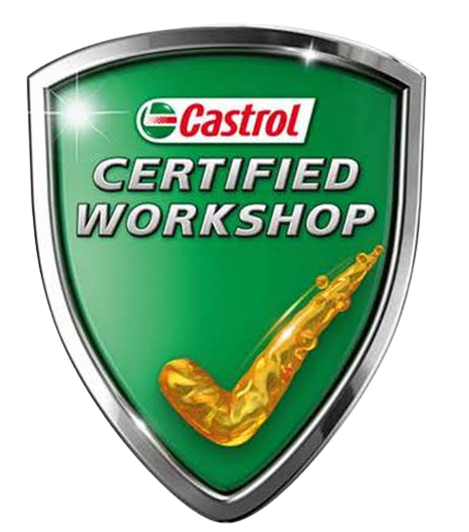Loading ...
Missing business hours data / Error occurred while getting the data.
Radiator repair and services
Your Vehicle’s Cooling System
The cooling systems incorporate various parts including the vehicle’s water pump, radiator, heater core, heater valve, cooling fan, thermostat and antifreeze. Excessive amounts of heat can develop in various areas of the engine. Once the vehicle reaches its maximum temperatures, the thermostat opens and releases antifreeze from the engine to the radiator, which is pushed through the engine by means of the water pump and flows to and from the radiator. The radiator absorbs the excess heat and uses the cooler air to reduce the coolant’s temperature.
Key Components of the Cooling System
- Coolant – balanced mixture of water and antifreeze
- Radiator – Key component of the engine’s cooling system, relying on the water pump to help circulate coolant thru the engine.
- Thermostat – Centrally located between the engine and radiator it blocks the flow of coolant into the engine until the engine has reached full operating temperature.
- Water Pump – Circulates engine coolant through the cooling system
Common Symptoms of Cooling System Issues
- Vehicle overheating
- Weak airflow when using the air conditioning
- Engine light is on
- Air from vents smells like mildew
- Leaks
- A “sweet” smell, often related to antifreeze
- The frequent need to add coolant to the system
- Visible wear and tear of hoses
Maintenance
A vehicle’s cooling system should be checked annually. With the primary purpose of this system being to remove heat that is generated by the engine, it is crucial to properly maintain. If any part of the cooling system is left working improperly, it could damage vital components of the engine and result in overheating. Most of these items are easy to prevent and/or fix. Typically problems arise from coolant levels being too low or old, or if there are leaks in hoses.
A standard cooling system service includes the following checks and tests:
- Pressure conditions
- Coolant volume
- Engine belts
- Radiator hoses, belts and caps
- Heater core
- Temperature sensors
- Valves
Cooling System Repair
With antifreeze being a key component in a properly working cooling system, it does need to be replaced over time to prevent corrosion. Eventually antifreeze breaks down and loses its effectiveness. A cooling system flush and fill consists of draining old antifreeze from the radiator, flushing the system and filling the radiator with fresh antifreeze.
Sometimes a radiator replacement is necessary. Since the radiator is responsible for cooling the antifreeze before it passes back through the engine, its integrity is crucial. Inadequate functionality of any part of the radiator could lead to engine failure. Upon inspection, if any damage, cracks, leaks or broken parts of the radiator are discovered, necessary replacements will be done. A radiator pressure test is one way to check for these issues. An overall system inspection is conducted
Loading ...
Missing business hours data / Error occurred while getting the data.
9480 Lyndale Ave S Bloomington, MN 55420 | (952) 888-8885

